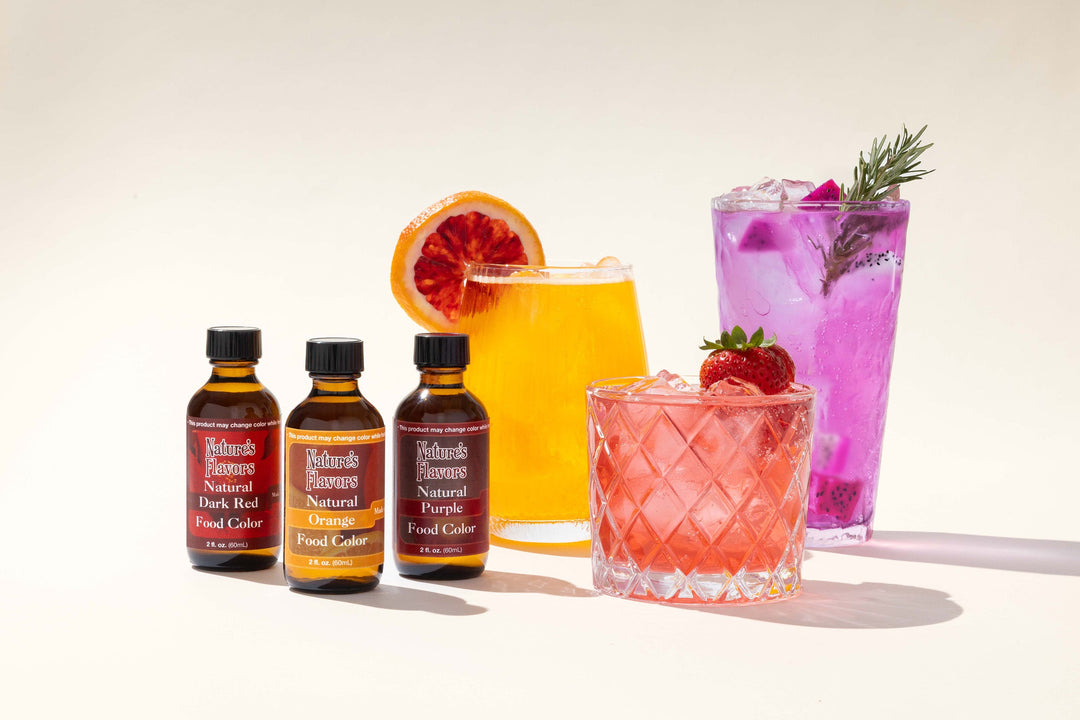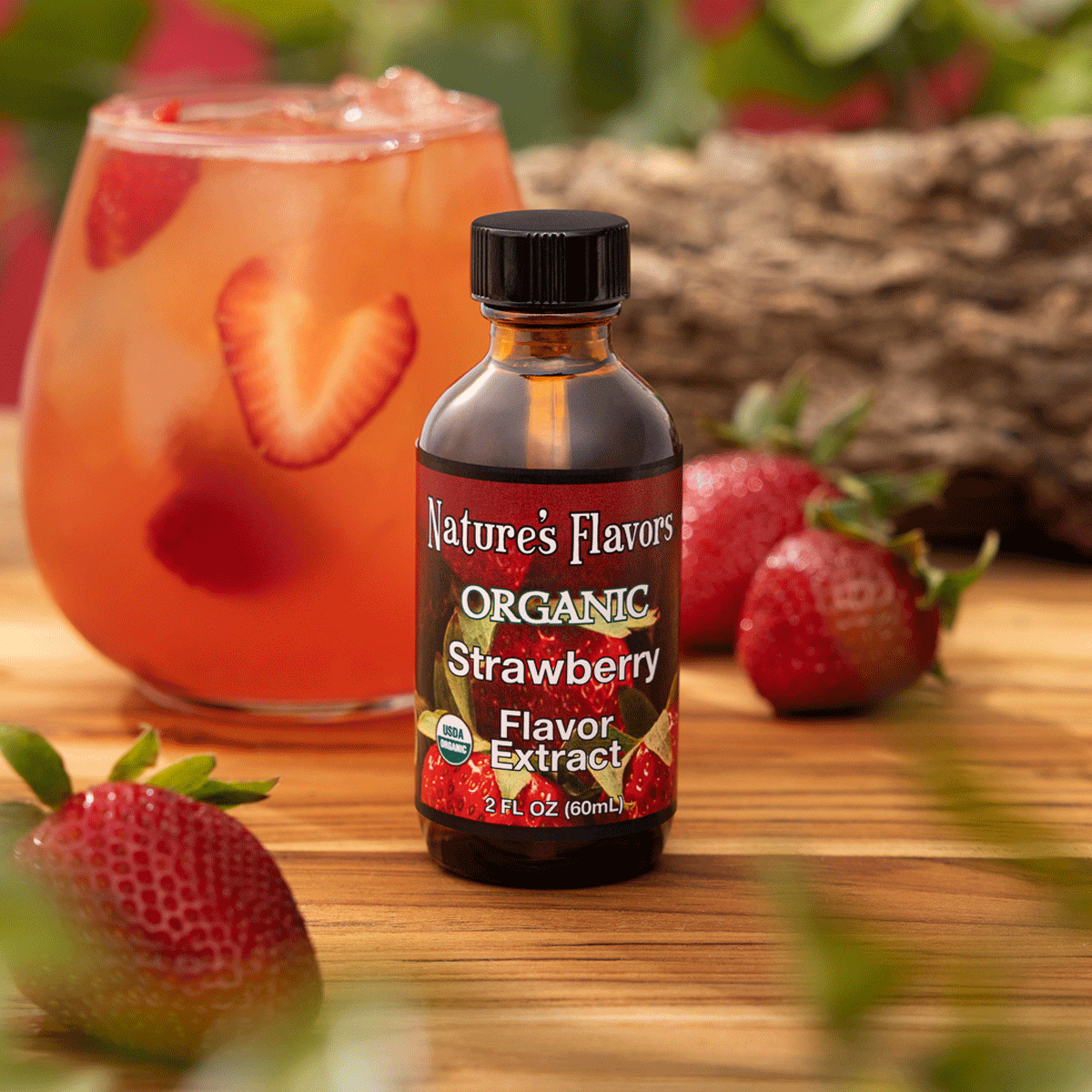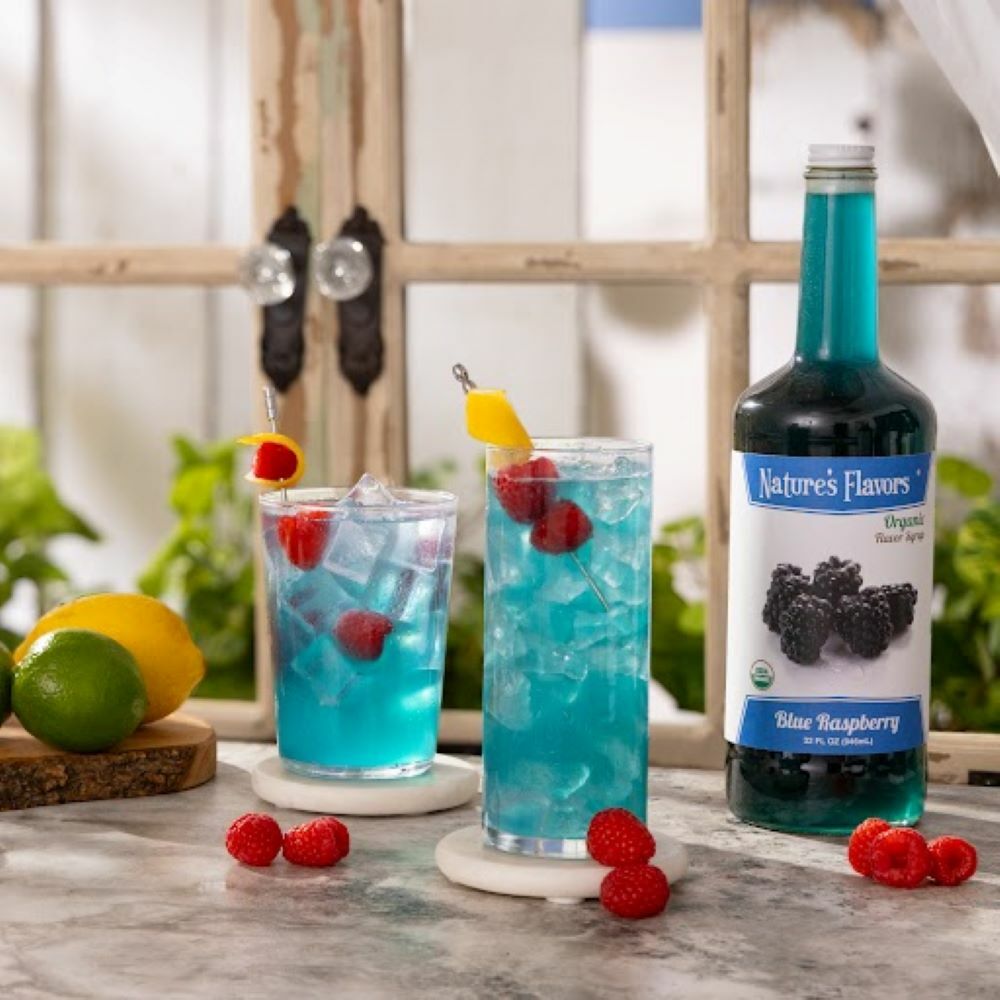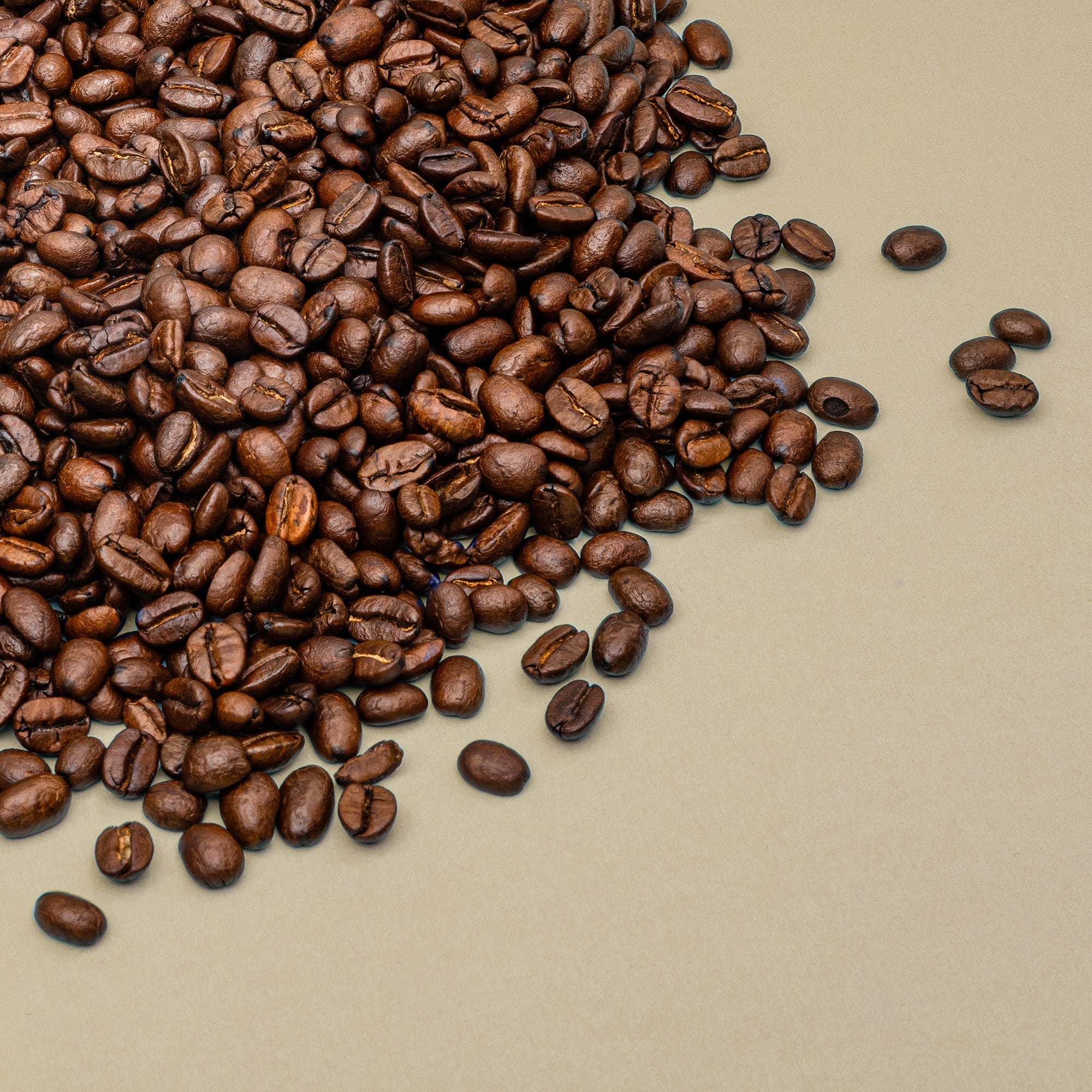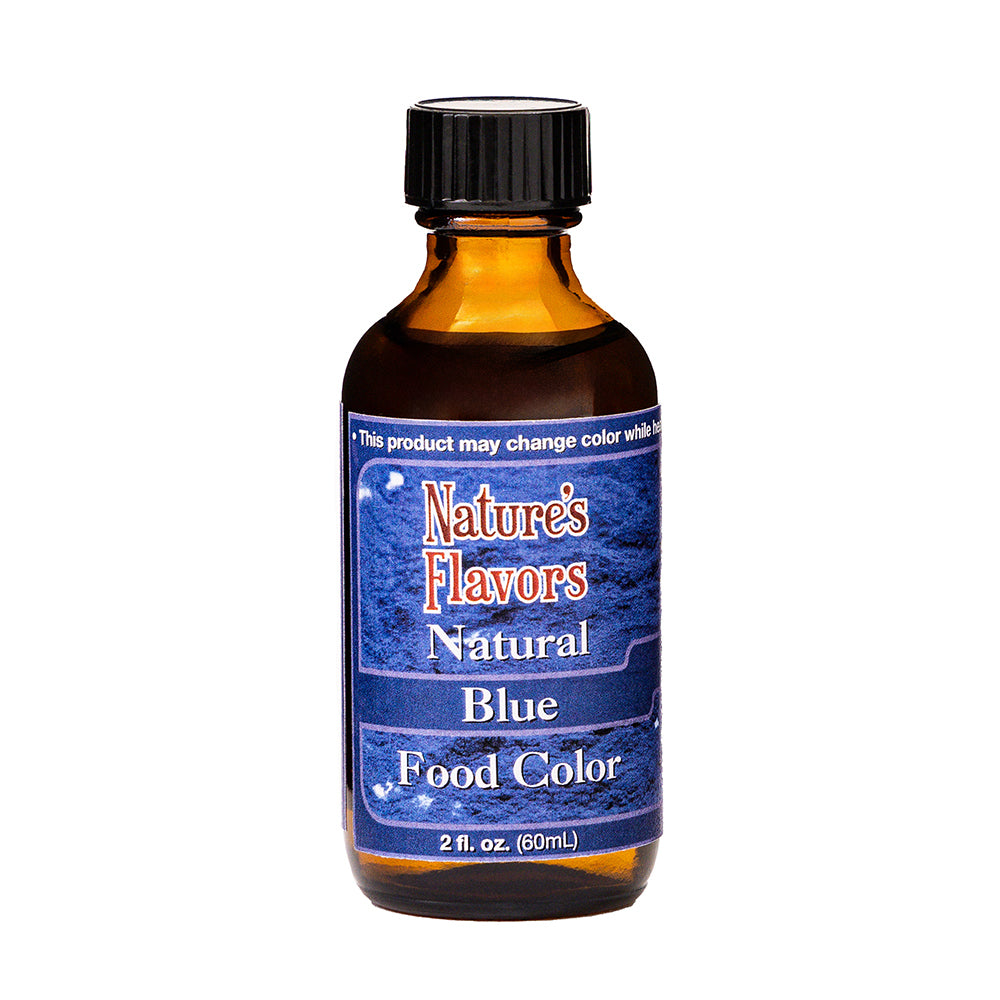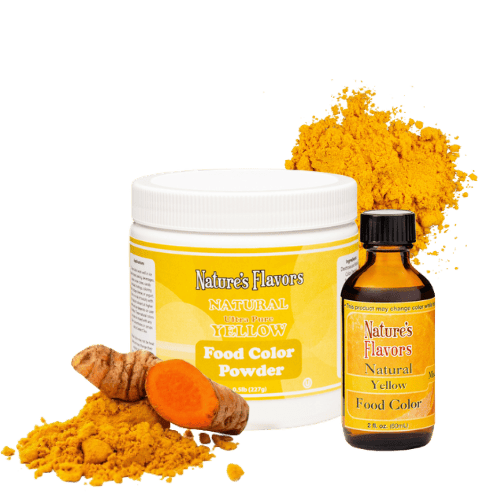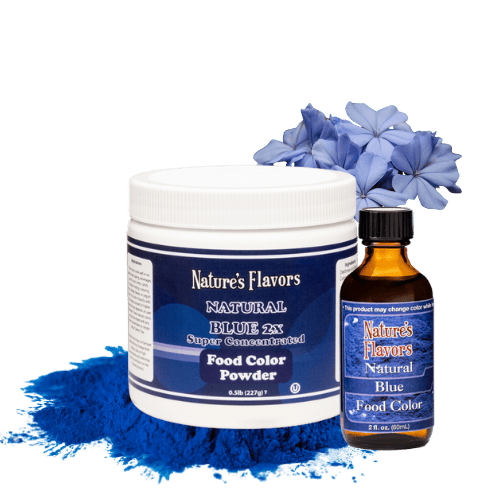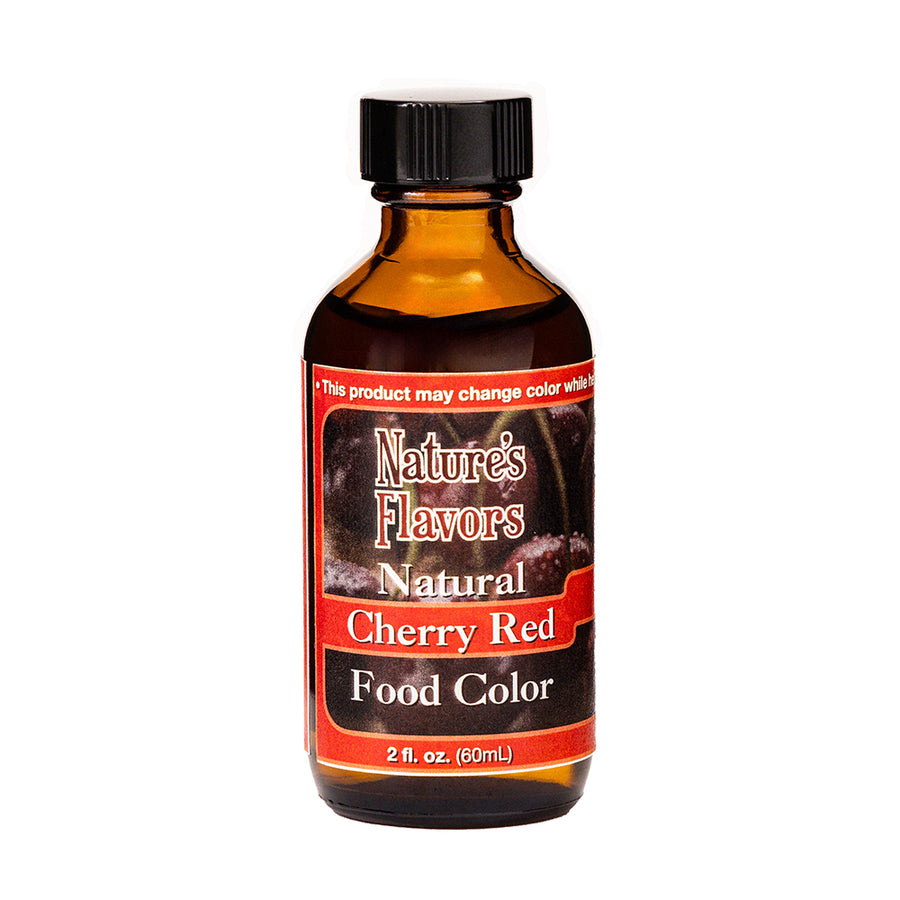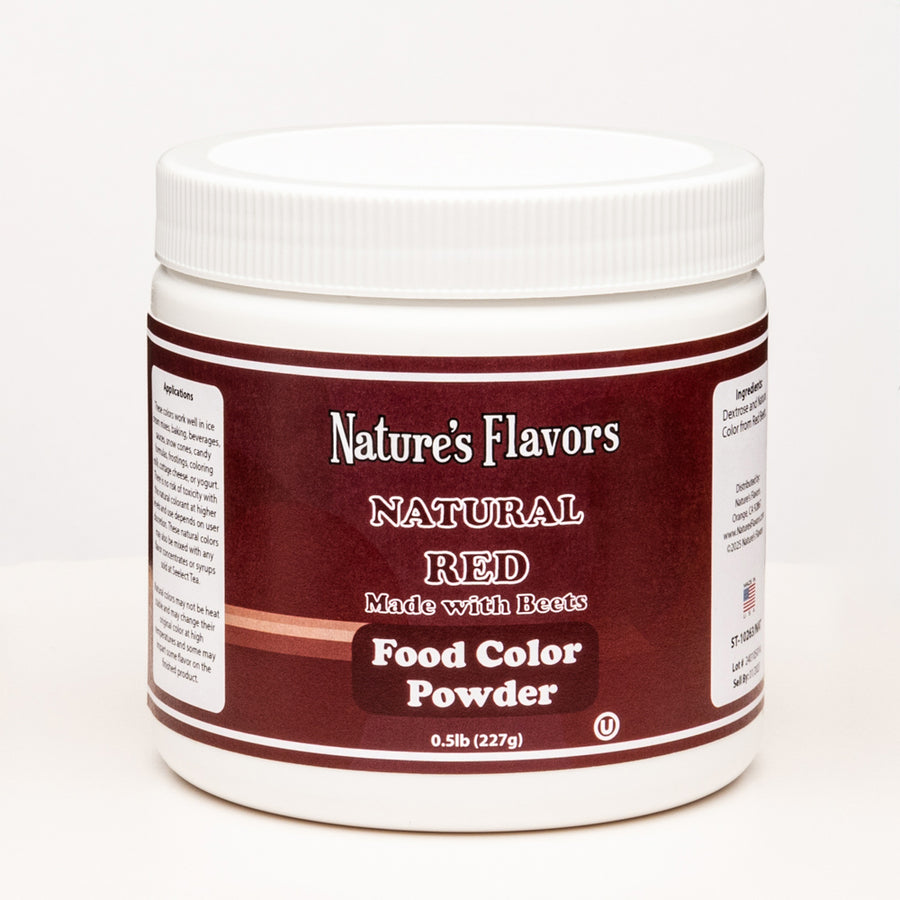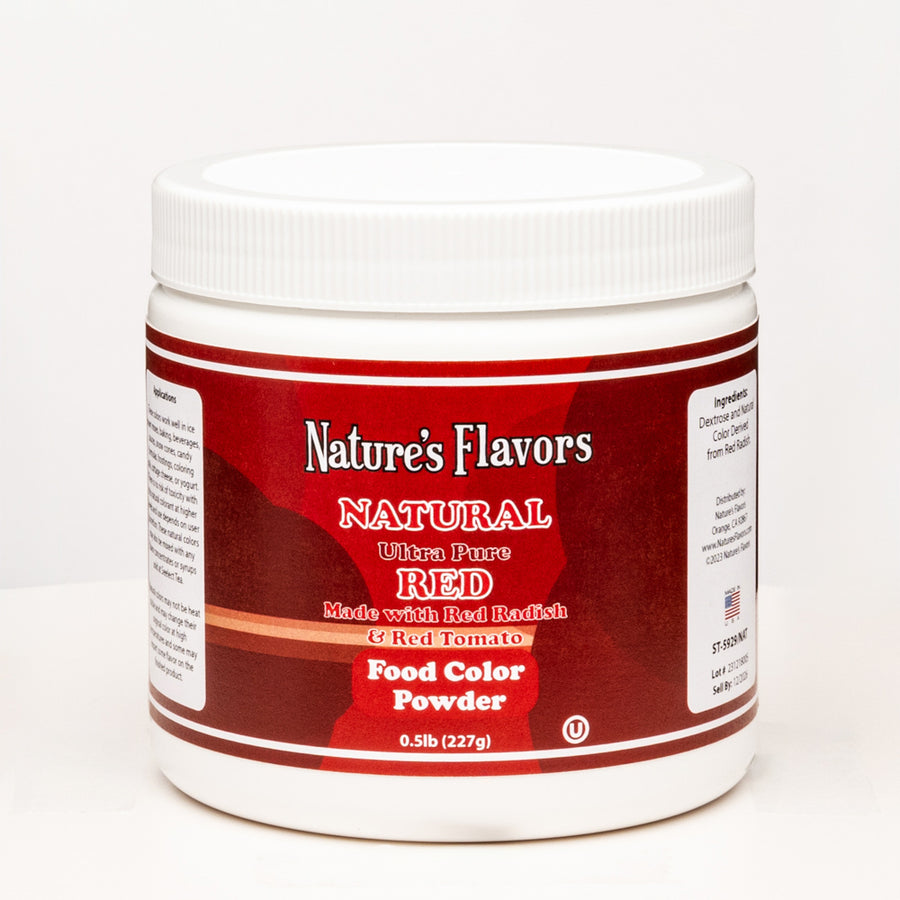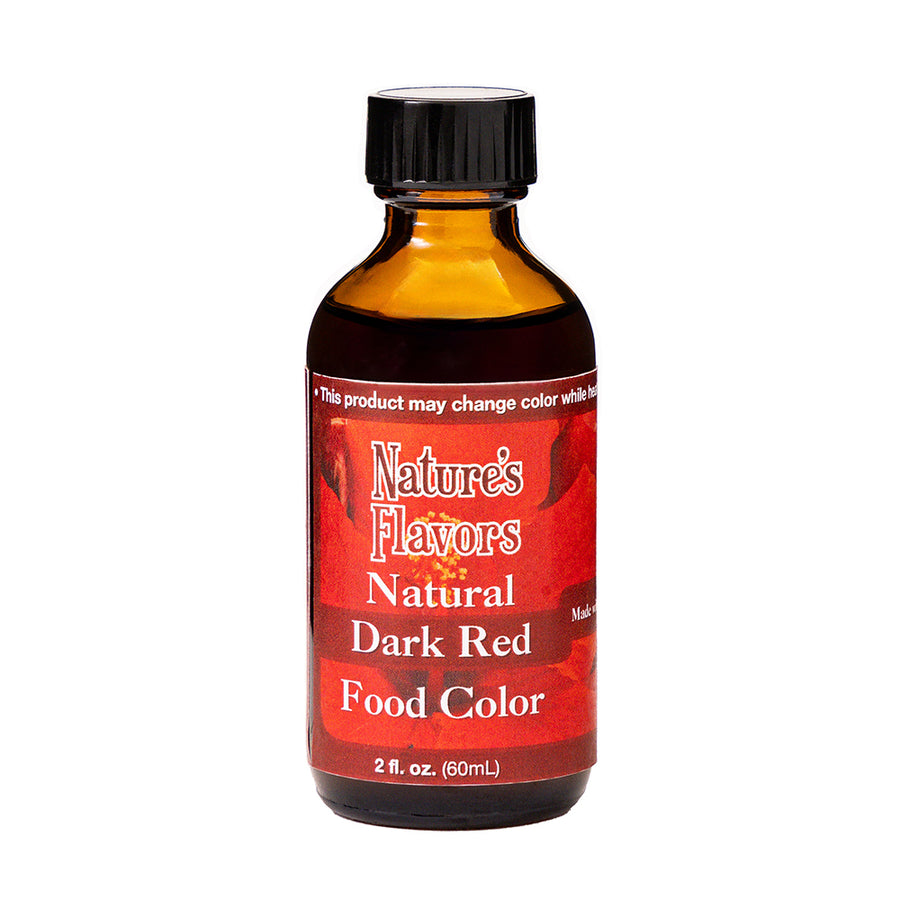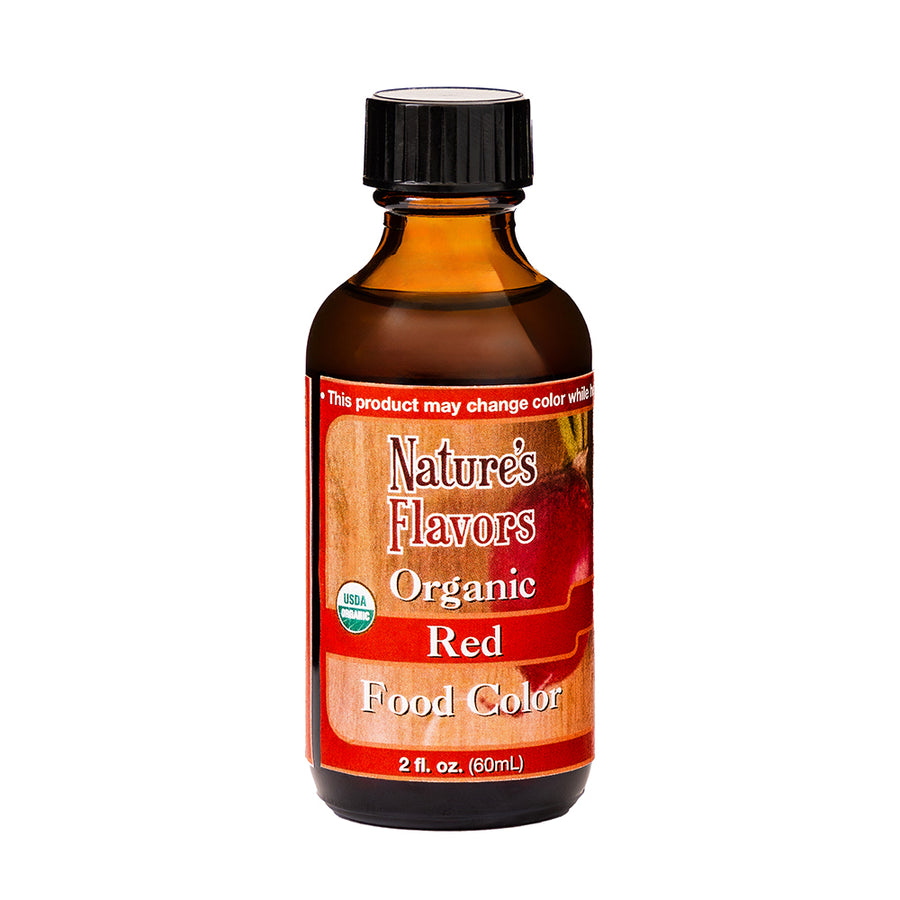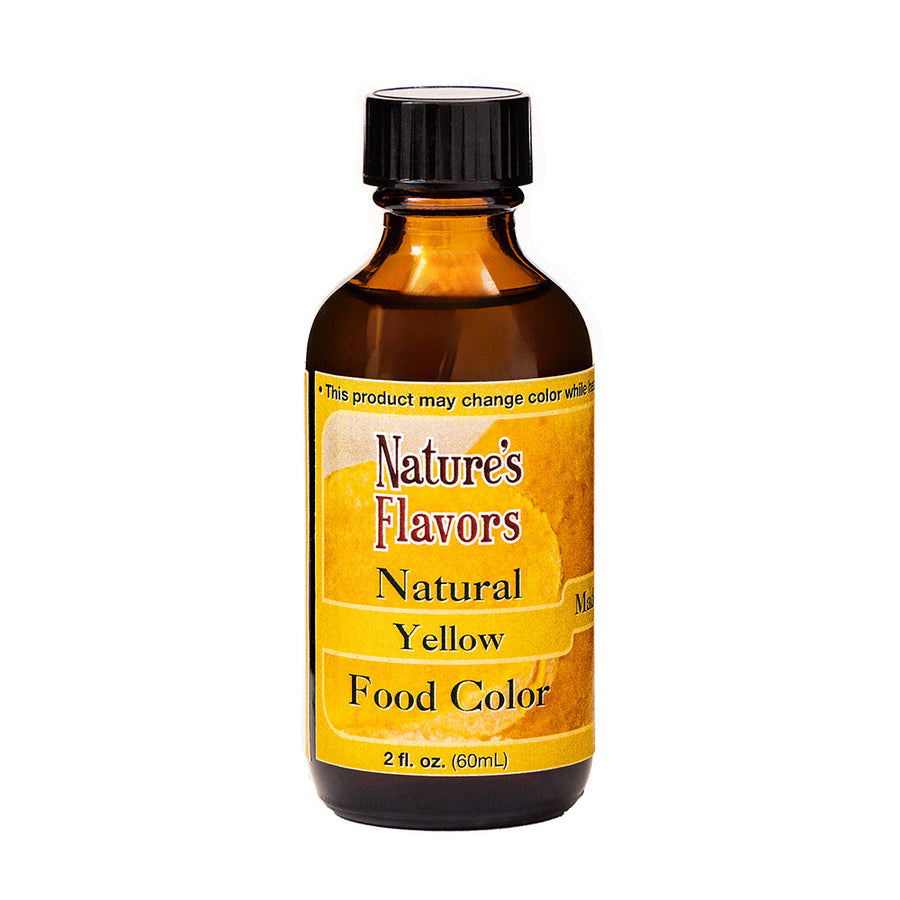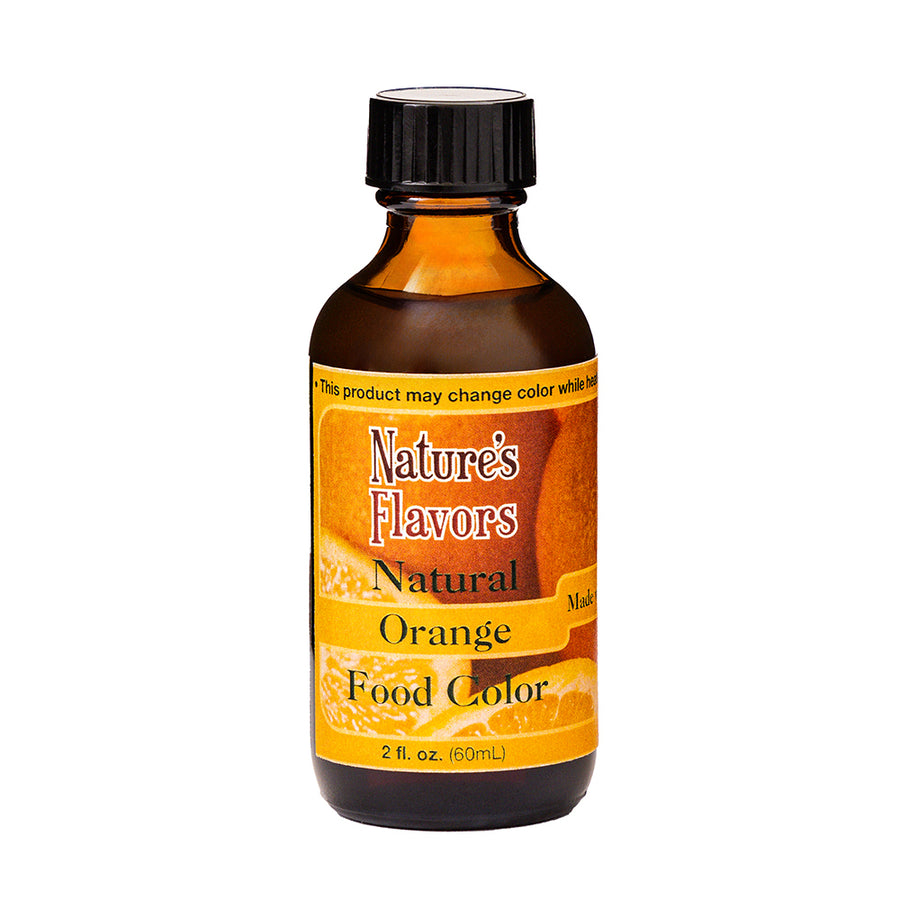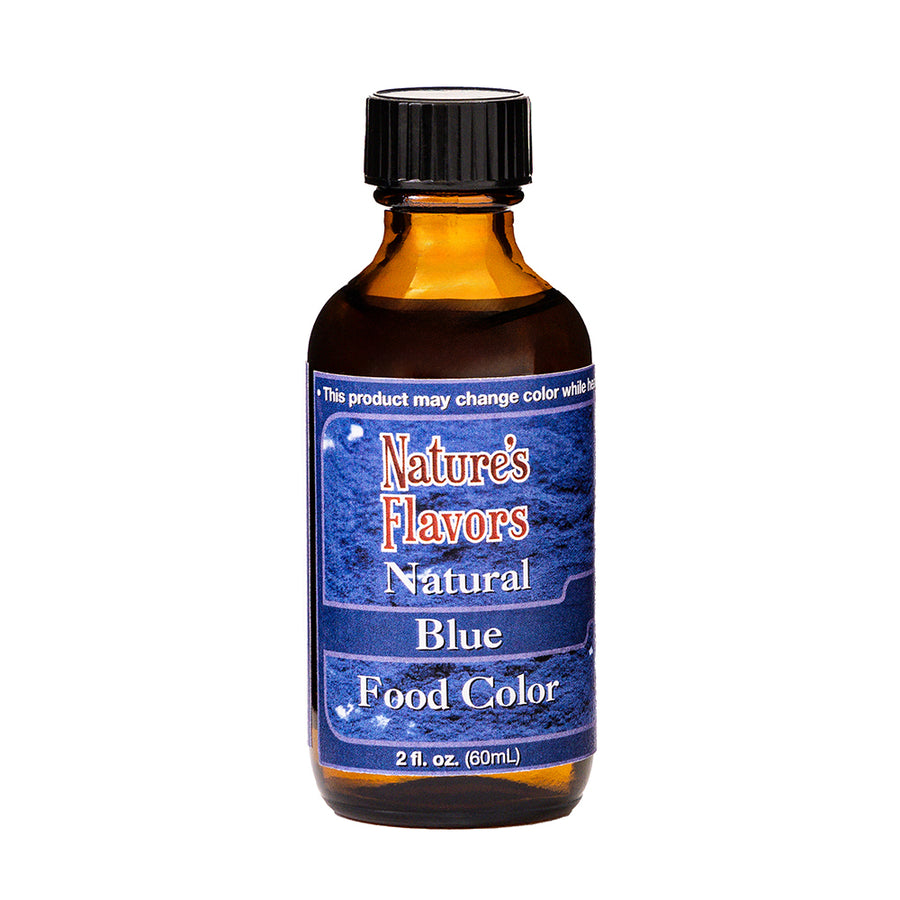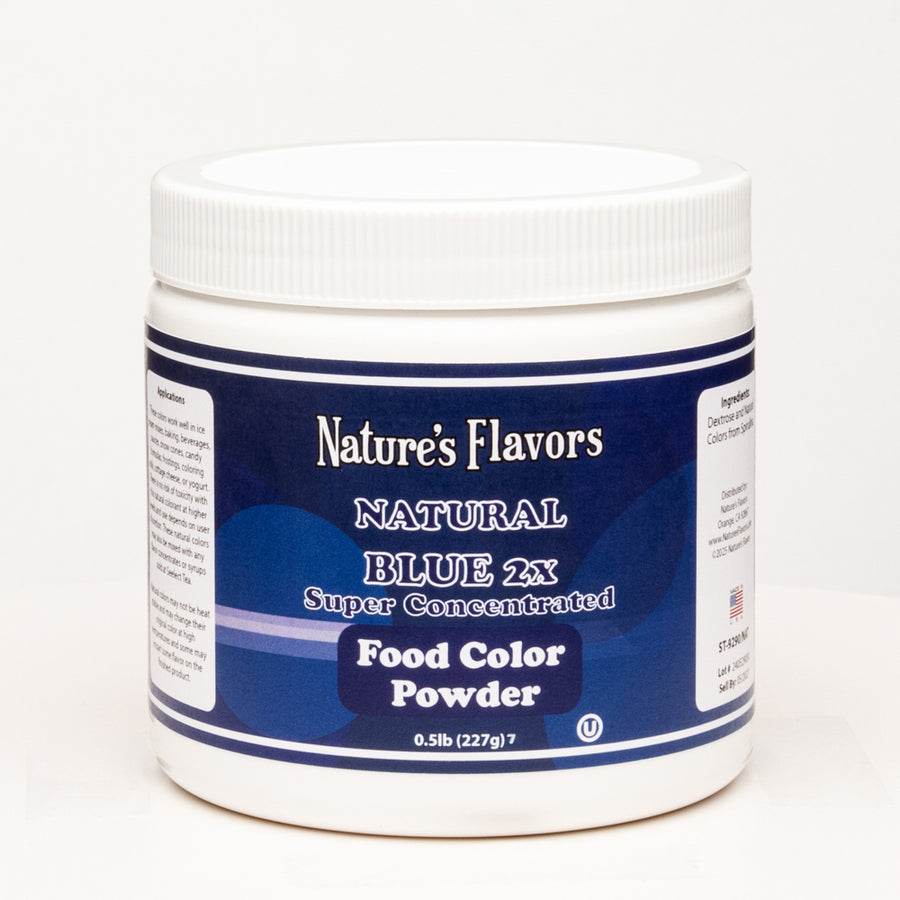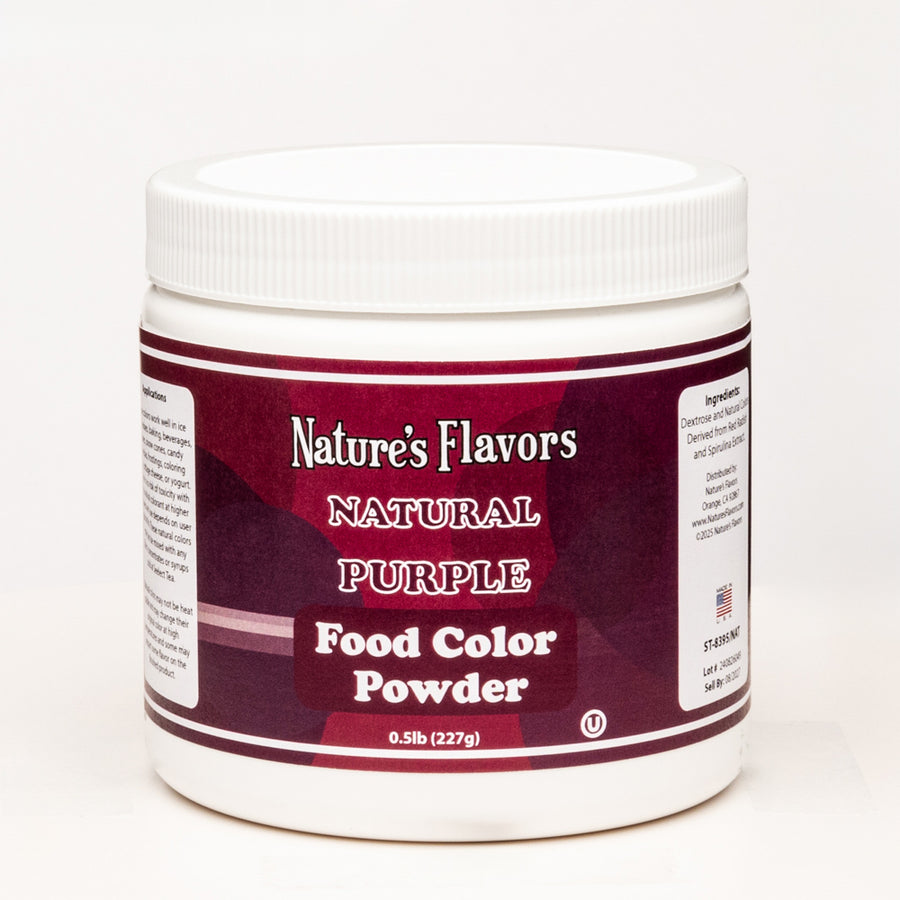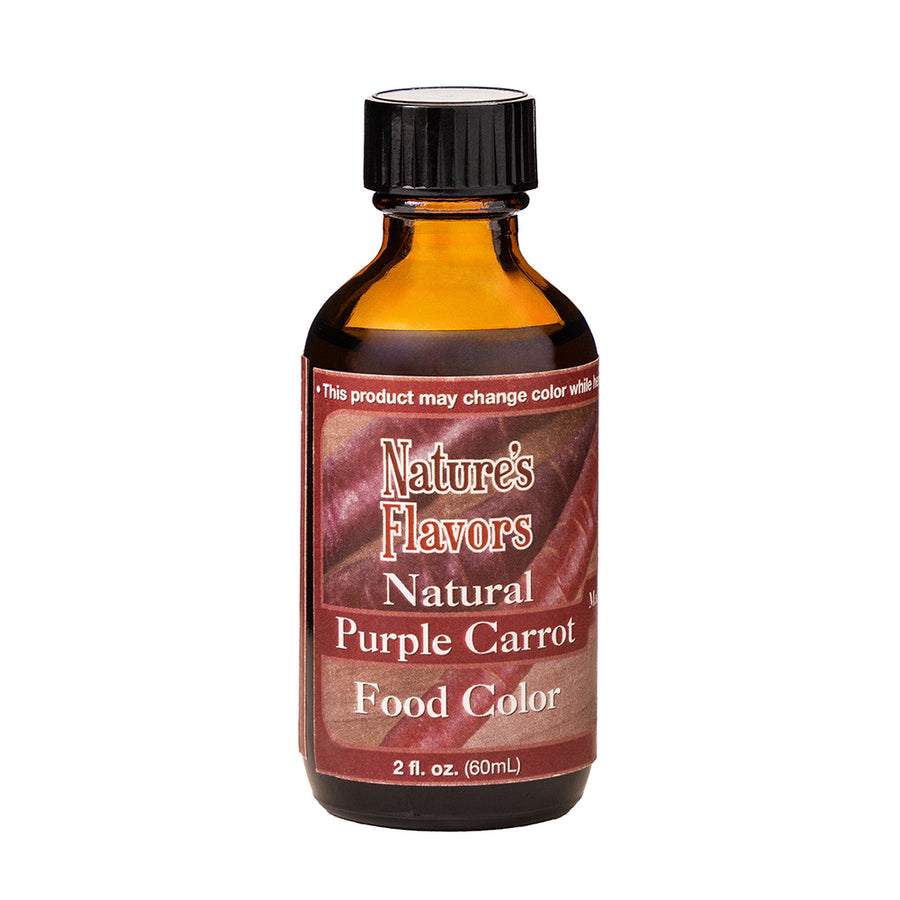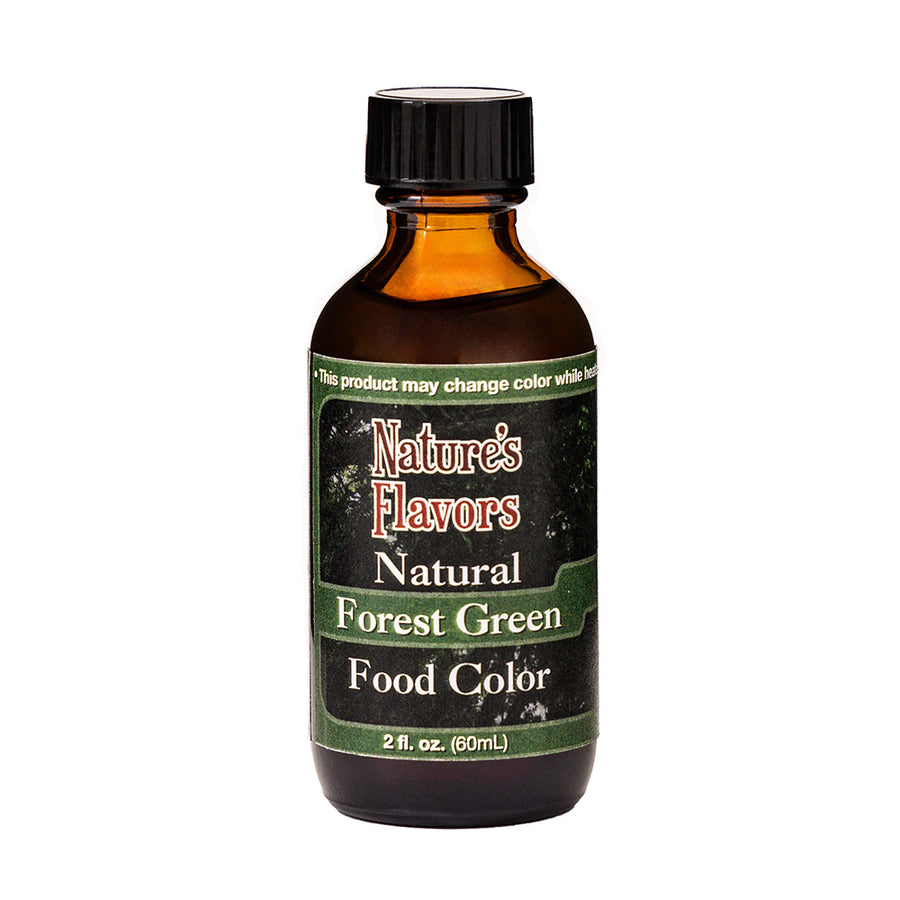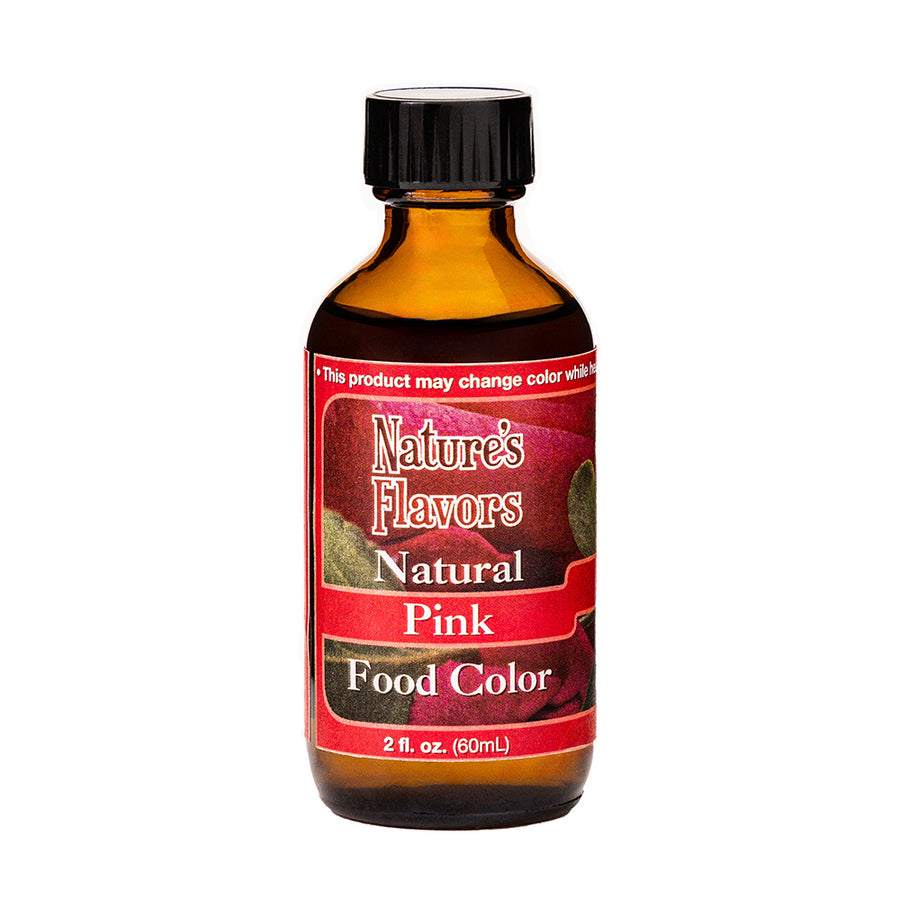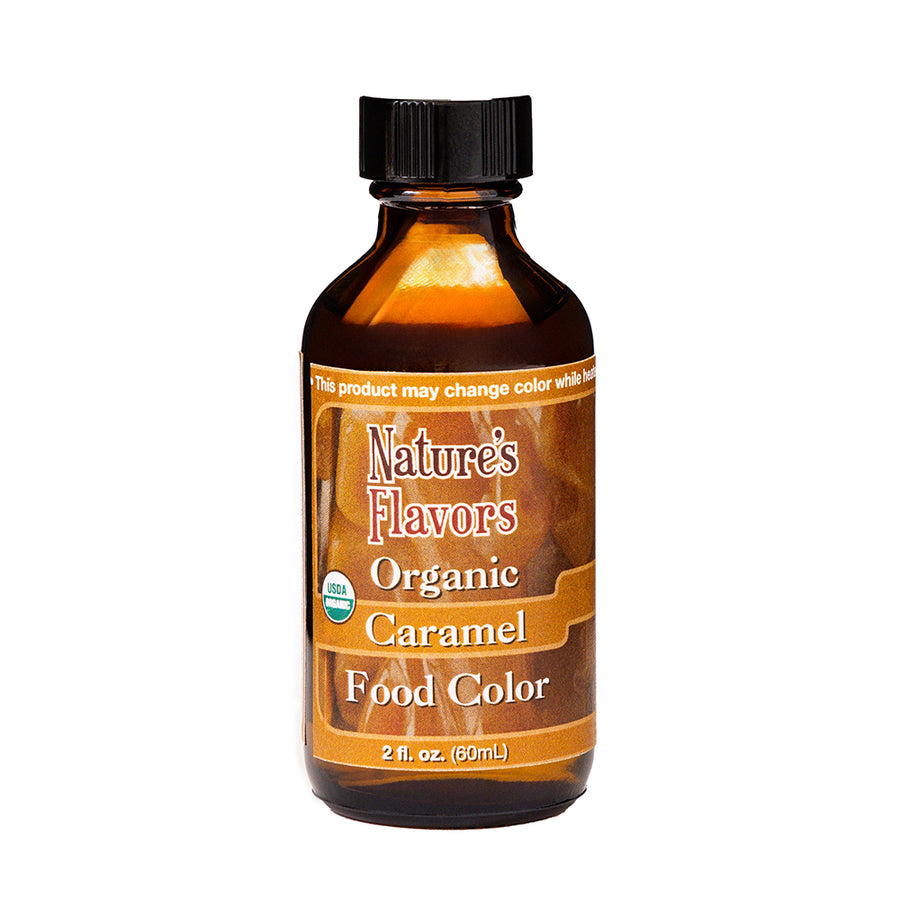Applications: This yellow food coloring powder is used by mixing it into your desired food or beverage until the desired color intensity is achieved. It is suitable for use in baking, confectionery, beverages, and more. The Yellow Food Coloring Ultra Pure Powder is made from natural sources, ensuring that it is safe for consumption and suitable for those who prefer natural ingredients in their food. The powder is highly concentrated, which means that a small amount goes a long way, providing excellent value for money. It is perfect for large-scale food production as well as small batch cooking, making it a versatile addition to any kitchen. The bulk packaging ensures that you have an ample supply on hand, reducing the need for frequent reordering and minimizing packaging waste. This natural yellow food coloring is perfect for a variety of culinary applications. In baking, it can be used to color cakes, cookies, and pastries, giving them a bright and appealing appearance. It is also ideal for use in confectionery, where it can be used to color candies, chocolates, and other sweet treats. The powder dissolves easily in liquids, making it suitable for coloring beverages such as lemonades, cocktails, and smoothies. Additionally, it can be used in savory dishes, such as rice, pasta, and sauces, to add a touch of color and make the dish more visually appealing. The ultra-pure formulation of this yellow food coloring powder ensures that it does not alter the taste or texture of the food, allowing the natural flavors of your dishes to shine through. It is also heat-stable, meaning that it retains its vibrant color even when exposed to high temperatures during cooking or baking. This makes it an excellent choice for use in a wide range of recipes, from simple home-cooked meals to complex gourmet dishes. For those who are conscious about the environmental impact of their food choices, this natural yellow food coloring is an excellent option. It is made from sustainable sources and is free from synthetic chemicals, making it a more eco-friendly choice compared to artificial food colorings. The bulk packaging also helps to reduce packaging waste, making it a more sustainable option for those who are looking to reduce their environmental footprint.
Applications: This yellow food coloring powder is used by mixing it into your desired food or beverage until the desired color intensity is achieved. It is suitable for use in baking, confectionery, beverages, and more. The Yellow Food Coloring Ultra Pure Powder is made from natural sources, ensuring that it is safe for consumption and suitable for those who prefer natural ingredients in their food. The powder is highly concentrated, which means that a small amount goes a long way, providing excellent value for money. It is perfect for large-scale food production as well as small batch cooking, making it a versatile addition to any kitchen. The bulk packaging ensures that you have an ample supply on hand, reducing the need for frequent reordering and minimizing packaging waste. This natural yellow food coloring is perfect for a variety of culinary applications. In baking, it can be used to color cakes, cookies, and pastries, giving them a bright and appealing appearance. It is also ideal for use in confectionery, where it can be used to color candies, chocolates, and other sweet treats. The powder dissolves easily in liquids, making it suitable for coloring beverages such as lemonades, cocktails, and smoothies. Additionally, it can be used in savory dishes, such as rice, pasta, and sauces, to add a touch of color and make the dish more visually appealing. The ultra-pure formulation of this yellow food coloring powder ensures that it does not alter the taste or texture of the food, allowing the natural flavors of your dishes to shine through. It is also heat-stable, meaning that it retains its vibrant color even when exposed to high temperatures during cooking or baking. This makes it an excellent choice for use in a wide range of recipes, from simple home-cooked meals to complex gourmet dishes. For those who are conscious about the environmental impact of their food choices, this natural yellow food coloring is an excellent option. It is made from sustainable sources and is free from synthetic chemicals, making it a more eco-friendly choice compared to artificial food colorings. The bulk packaging also helps to reduce packaging waste, making it a more sustainable option for those who are looking to reduce their environmental footprint.

Made Fresh to Order
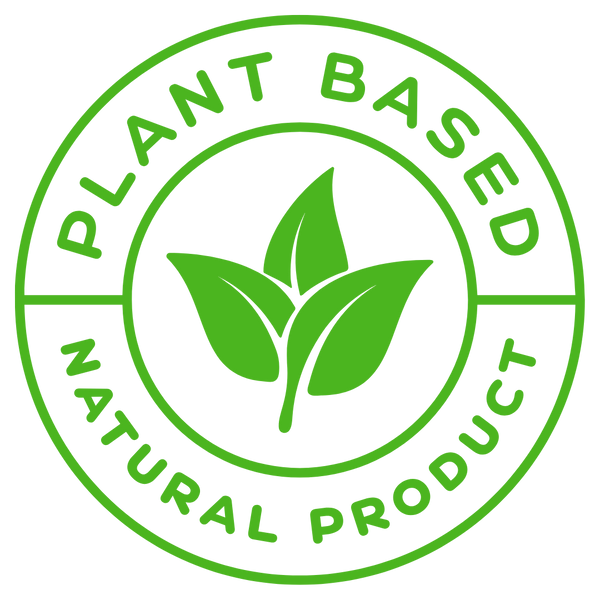
All Natural & Organic Ingredients
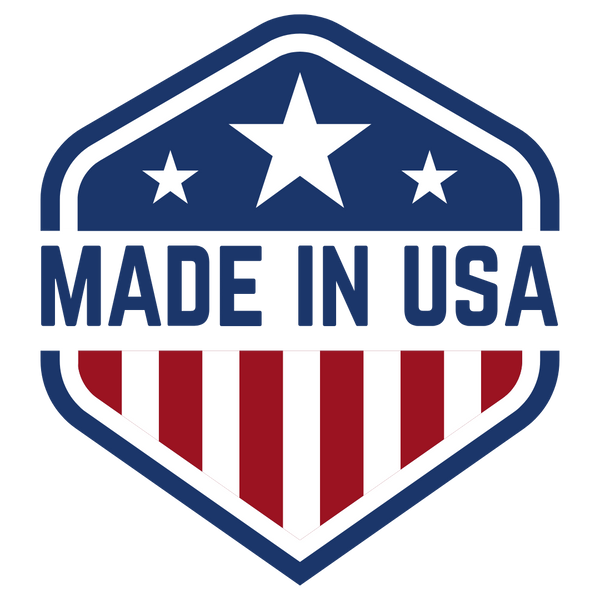
Made in USA

GMP-Certified
The future of food coloring is natural
Shop Natural & Organic Food Coloring
Red 40 Natural Alternatives
View allYellow 5 & Yellow 6 Natural Alternatives
View allBlue 1 and Blue 2 Natural Alternatives
View allShop All Natural Food Coloring
View allNatural Food Coloring Alternatives
Your Complete Guide to FDA-Compliant Dye Replacements
Discover the best natural alternatives to artificial food dyes
FAQs
To achieve the best results with natural and organic colorings, add them after cooking or heating whenever possible to reduce heat exposure. Test different system conditions, as some pigments react to acidity or high temperatures, and try small trial sizes to find the ideal fit for your application. Use our concentrated natural and organic color powders or liquids for stronger, more stable hues that endure baking. Protect colors from light and oxygen by storing them in airtight, opaque containers and using them soon after opening. Finally, keep in mind that natural pigments may be less vibrant than synthetic dyes, but with proper selection and handling, their brightness and stability can be greatly enhanced.
It’s best to experiment with small batches to determine the ideal color concentration for your specific product. While adding more color can boost intensity, eventually the vibrancy may plateau and could impact flavor, texture, or appearance.
Several pigments perform exceptionally well in acidic environments despite usually altering the hue of some natural colors. Anthocyanins, found in ingredients like red cabbage and purple sweet potato, become more vibrant and shift toward red or pink, making them excellent for pickled or acidic preserves. Turmeric also stays bright yellow and relatively stable, while annatto retains its yellow-orange hue. In contrast, chlorophyll-based greens often turn olive or brown, and beet-derived betalains may fade. To ensure optimal results, test small batches under your product’s specific pH and processing conditions before scaling up.
Powdered colors are generally more concentrated and can deliver bolder, more vibrant results in baking. They're also easier to incorporate into dry mixes and batters. Liquid colors offer convenience and easier blending, but may be less concentrated. For maximum vibrancy in baked goods, start with powdered forms and add color late in the mixing process to minimize heat exposure.
Powdered forms are more concentrated, have a longer shelf life, and work well in dry applications since they don’t affect texture or moisture content. However, they may need thorough mixing to disperse evenly and can clump if not handled properly. Liquid colors, on the other hand, blend more easily. They are ideal for beverages and are convenient to measure, though they’re usually less concentrated. In general, choose powders for baking and dry mixes, and liquids for beverages or other applications where smooth blending is key.
Achieving a true natural black color is difficult, as most natural pigments tend to have red or purple undertones or produce a grayish or brown tint instead. The final shade is also influenced by factors such as pH levels and the composition of the base system.
Our natural food colors are not designed or intended for hair dye applications. While some plant-based pigments can temporarily stain hair, they cannot penetrate the hair cuticle to deposit color permanently like chemical dyes. Results will be limited and short-lived.
Yes, it’s possible, but results will vary depending on the fabric material. Powdered pigments can color natural fibers like cotton, silk, or wool when paired with a mordant or fixative such as salt, vinegar, or alum. Liquid colors tend to be less effective on fabric unless mixed with a binder. Synthetic materials like polyester or nylon generally don’t absorb natural dyes well. Overall, the coloration is usually temporary and most suitable for craft or decorative uses unless proper mordanting techniques are applied.
When using natural food coloring, make sure that you use it in small amounts and adjust if necessary. Certain pigments (i.e., turmeric, beet) can impart a flavor if used in higher amounts.
To extend the longevity of natural colors in bottled alcoholic beverages, protect them from light and heat by storing the bottles in a cool, dark place, ideally in opaque or dark-colored glass. Keep in mind that both pH and alcohol content can impact color stability—reds and purples, such as anthocyanins, are especially prone to fading. It’s best to test small batches first to evaluate how the color holds up over time.
Some of our pigments can be used in cosmetic applications like lip balm, lotion, or bath products, but they are formulated as food-grade ingredients. We recommend testing in your specific formulation first and verifying compatibility with skin or product pH.
Our natural color products remain shelf-stable for up to three years when stored in cool, dry conditions away from direct light and heat. Over time, some gradual fading or slight color shifts may occur, particularly if exposed to light, heat, or oxygen. To preserve maximum vibrancy, store the colors in airtight, opaque containers and keep them in a cool, dark location.
Looking to Reformulate from Artificial Colors to Natural Colors?
